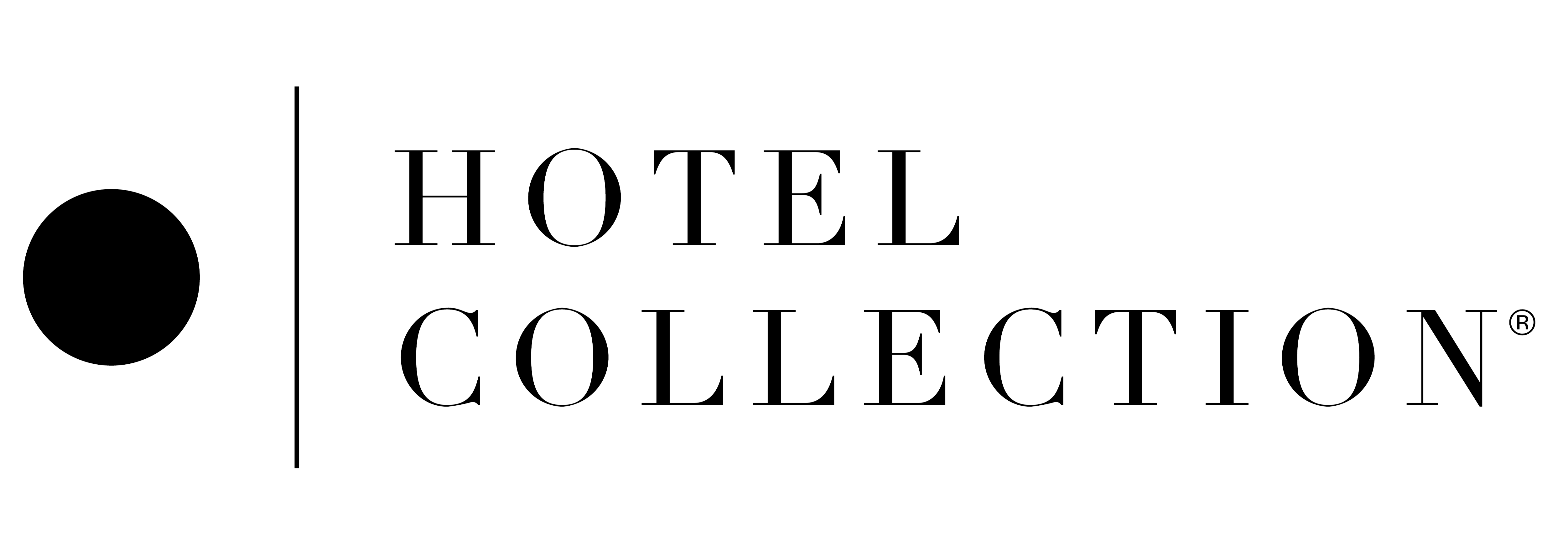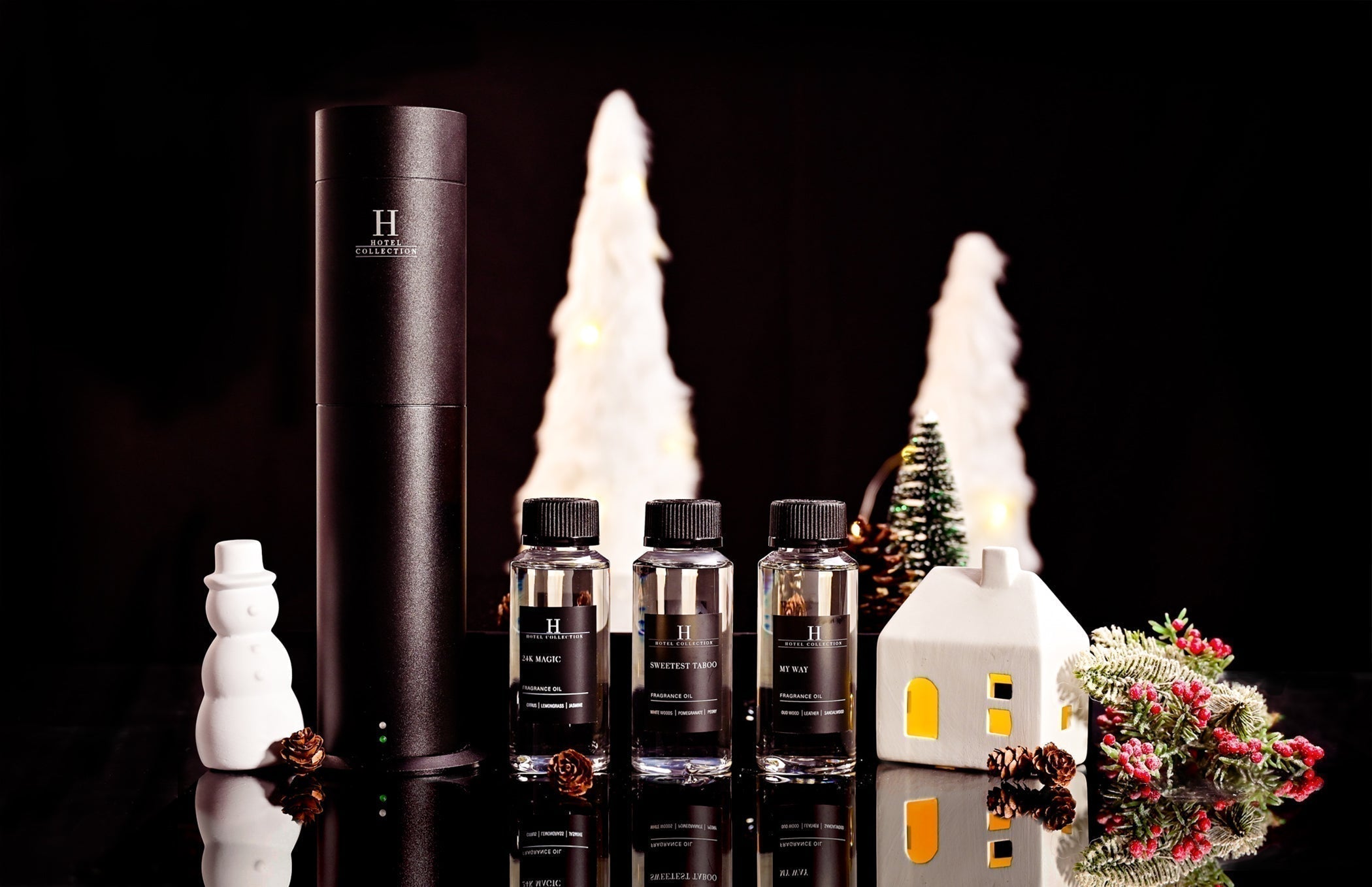For wine enthusiasts, properly storing your collection is about maintaining quality and ensuring that each bottle lives up to its full potential. Luxury wines require care, attention, and the right environment to preserve their flavor profiles and aromas. Whether you’re a beginner collector or someone with a fully stocked wine rack, understanding the best practices for storing your luxury wine will maximize your investment and elevate your enjoyment.
This guide will walk you through crucial factors of wine storage, solutions for setting up your perfect at-home wine environment, and common mistakes to avoid. Plus, you’ll learn how to keep your collection organized and get the most out of every bottle when you’re ready to pop the cork.
The Value of Proper Wine Storage
Wine is a living, breathing product. It matures over time, which is why storing it properly impacts its aging process and overall taste. Incorrect storage conditions can lead to spoiled or oxidized wine, meaning you’ve wasted your money and missed the chance to savor something exceptional. On the other hand, storing wine under the perfect conditions ensures that every sip is both refreshing and complex, just as the winemaker intended.
Proper storage allows luxury wines to age gracefully, developing more nuanced flavors and textures. It also ensures practical benefits, such as protecting your wine from external damage, maintaining consistency in temperature and light exposure, and giving you peace of mind that each bottle is ready to impress when the opportunity comes to share it with friends and family.
Factors Affecting Wine Storage
To store wine properly, you must understand the environmental factors that impact its longevity and quality. Light, temperature, humidity, and vibration are the four key elements every wine collector should consider when managing their collection.
Temperature is arguably the most critical aspect when it comes to storing your luxury wine properly. Wine storage requires a consistent environment, ideally between 45- and 65-degrees Fahrenheit. Temperatures that are too warm can age your wine prematurely, while fluctuating or overly cold temperatures can alter its chemical composition and ultimately ruin it.
Humidity also plays an important role, as low humidity levels can dry out corks, allowing air to seep into the bottle and oxidize the wine. Conversely, excess humidity can harm the labels and encourage mold growth. Store your wine somewhere with a humidity level between 50 and 70 percent.
Light is another silent enemy of wine. Exposure to direct sunlight or UV rays can break down the wine’s delicate compounds, leading to undesirable aromas and tastes. That’s why you often see wine bottles made with dark glass.
Vibration may not seem like an obvious threat, but even slight movements can disrupt the wine’s natural aging process. Movement stirs the sediment in the bottle, affecting sweetness, acidity, and the overall smell and flavor of the wine.
Storing Luxury Wines at Home
There are countless ways to store luxury wine at home, depending on your preferences, lifestyle, and available space. Regardless of whether you’re storing a few cherished bottles or building a larger collection, you’ll need to choose appropriate storage solutions based on your needs.
Wine Coolers
For those who don’t have the room or budget to invest in a full-fledged wine cellar, wine coolers are an excellent solution. These are specially designed fridges that offer precise temperature control, shielding your bottles from harmful environmental changes. Advanced wine coolers also come with dual-zone temperature settings, which allow you to store reds and whites at their respective optimal temperatures. Given their compact size, wine coolers are great for apartments or smaller homes.
When choosing a wine cooler, consider the size of your collection and the space where you plan to place it. Look for models with UV-resistant glass doors and vibration reduction features to provide the best protection for your wine.
Wine Cellars
For serious luxury wine collectors with space to spare, a wine cellar is the ultimate storage option. Whether the unit is a custom-built, temperature-controlled room or a basement repurposed for wine storage, this solution ensures optimal long-term storage. A wine cellar should maintain consistent conditions, including temperature, humidity, and lighting controls. Some collectors even invest in cellaring software to track trends in aging, inventory, and tasting schedules.
Creating a wine cellar requires an upfront investment, but for avid collectors or investors, it’s well worth the expense.
Proper Shelving
Beyond coolers and cellars, proper wine shelving is a fundamental element of storage. Choose shelves made from durable materials that can bear the weight of your collection. Avoid thin, shaky racks, as any potential collapse could amount to a tragic loss.
Mistakes To Avoid in Wine Storage
Even with the best intentions, some common storage mistakes can jeopardize your collection. Knowing these pitfalls will help you maintain your luxury wine at its peak condition.
Storing Wine in Overly Cold Temperatures
While refrigeration might seem like a good solution, typical refrigerators are too cold for long-term wine storage. Extremely low temperatures slow the aging process too much and risk freezing your wine. A wine cooler or cellar is always better for maintaining the ideal balance.
Storing Wine Near the Stove
Kitchen counters and cabinets next to common heat-generating appliances, such as stoves or ovens, may seem convenient but are unsuitable for wine storage. The fluctuating temperatures and ambient heat in these areas can quickly spoil your wine.
Storing Wine Near Drafts and Sunlight
Avoid keeping your wine anywhere with frequent drafts or exposure to light, such as near windows or vents. Both natural and artificial light can degrade wine over time, leading to unpleasant off-flavors.
The Importance of Wine Labels and Organization
A well-organized luxury wine collection isn’t just aesthetically pleasing; it makes your life much easier when selecting a bottle for any occasion. Proper labeling ensures that you can keep track of aging needs and tasting notes. Some wine enthusiasts use sticky tags, spreadsheets, or apps to catalog their inventory, recording details such as type, region, year, and ideal drinking windows.
Regularly reviewing your collection can also help you identify bottles nearing their prime so you can enjoy them before they begin to deteriorate. Organization is particularly helpful for those managing a larger number of wines with varying storage requirements.
Position Bottles Correctly
When storing wine, always place bottles horizontally or slightly angled downward. This positioning encourages the wine to remain in contact with the cork, keeping it moist and ensuring a good seal. Avoid standing bottles upright for extended periods, as this can cause the cork to dry out and compromise the wine.
Bottles sealed with screw caps or synthetic corks are less vulnerable to these issues, but they can still benefit from horizontal positioning for efficient storage.
Drinking After Storage
The beauty of collecting luxury wine is savoring it at just the right moment. When you’re ready to drink a stored bottle, handle it carefully, especially if it has been aging for several years. Use a wine decanter if necessary to separate any sediment that has settled over time, and allow it to breathe for the recommended amount of time based on its type and age.
If you don’t finish a bottle in one sitting, reseal it with a vacuum stopper to remove the excess air, prolonging its freshness for a day or two. However, don’t leave wine open for too long, as its flavors and aromas will fade quickly once exposed to oxygen.
Enjoy Luxury Wine From Hotel Collection
Hotel Collection makes it easy to find your favorite luxury wines and wine accessories. Fill your collection with exquisite options any wine lover will love when you shop online today.




















